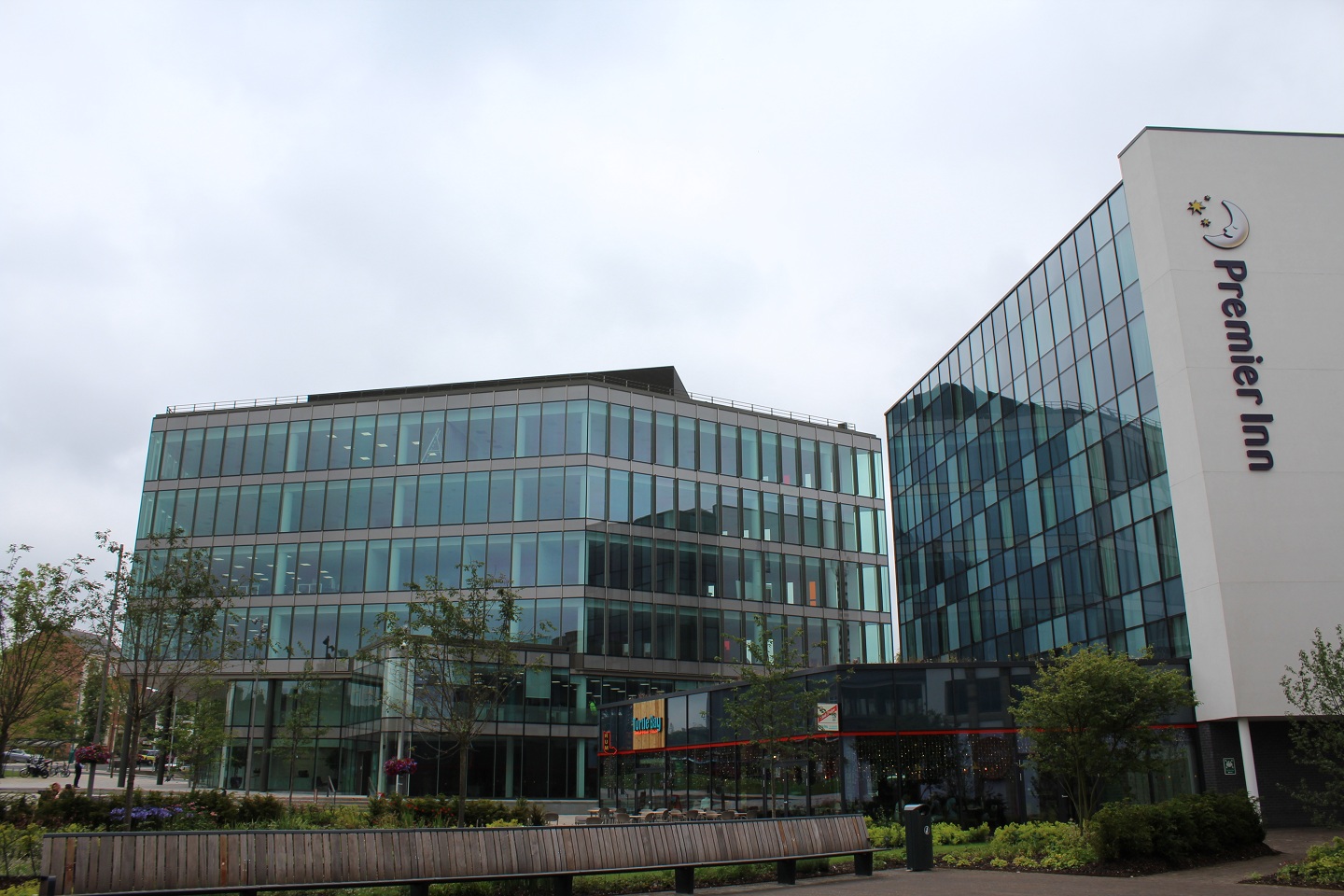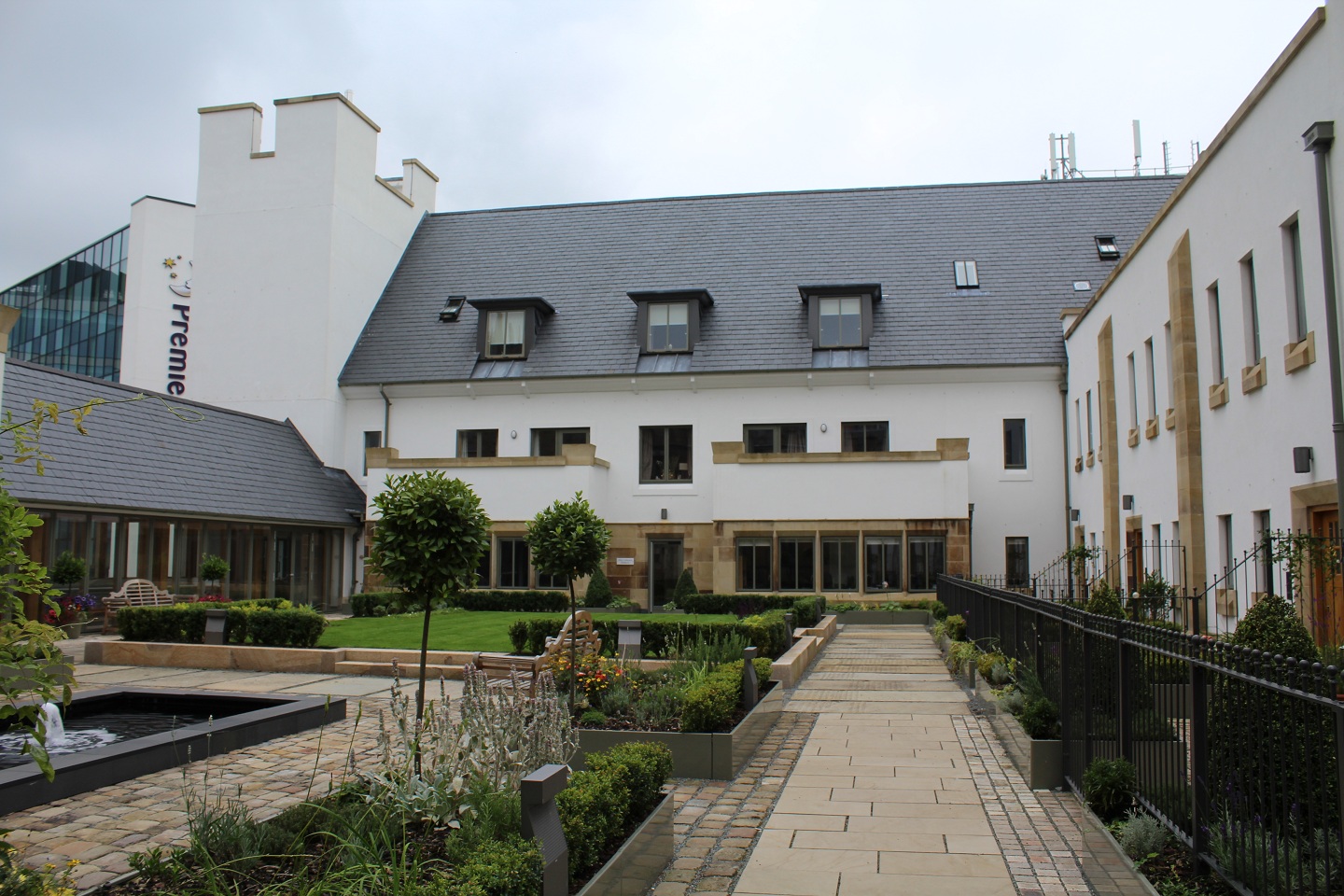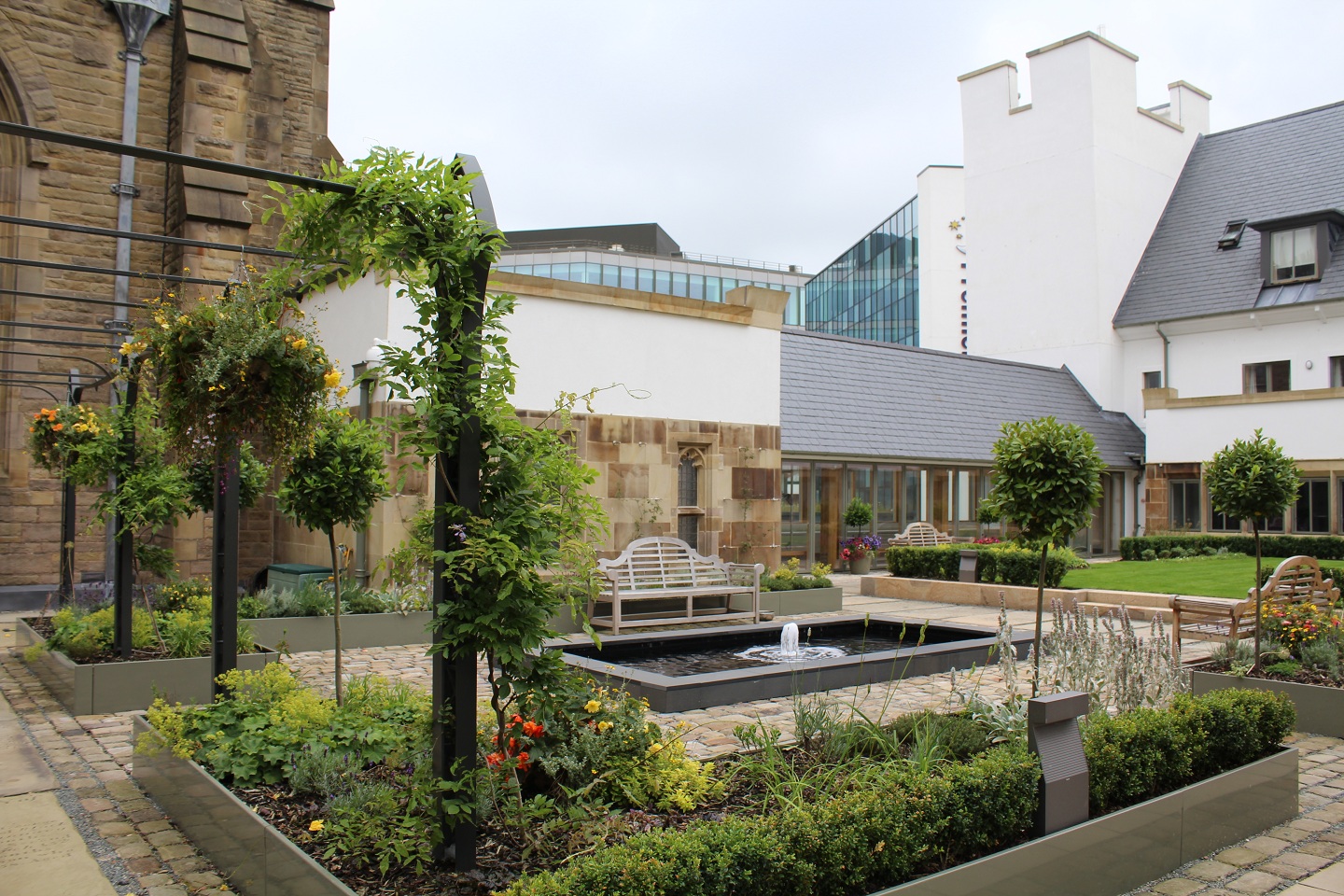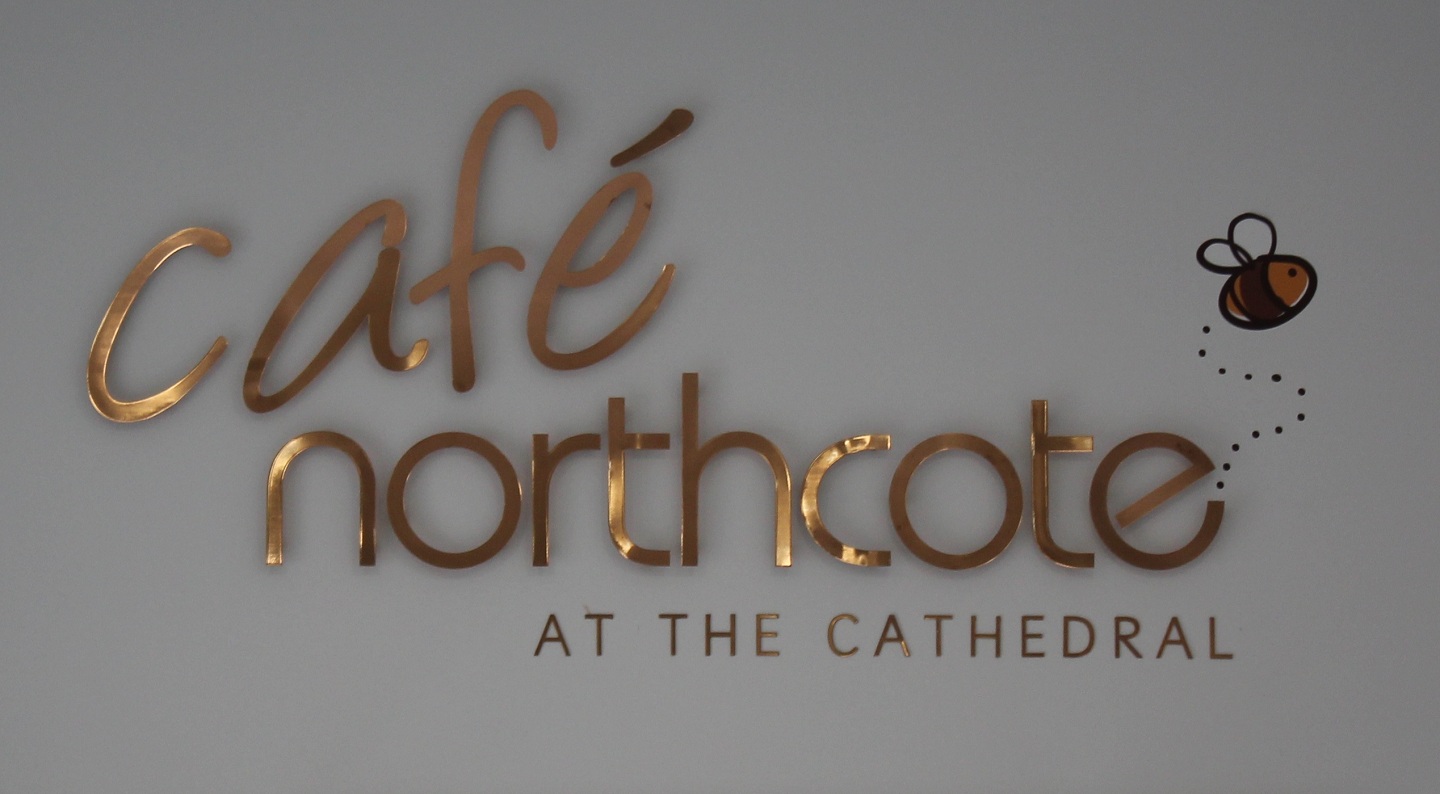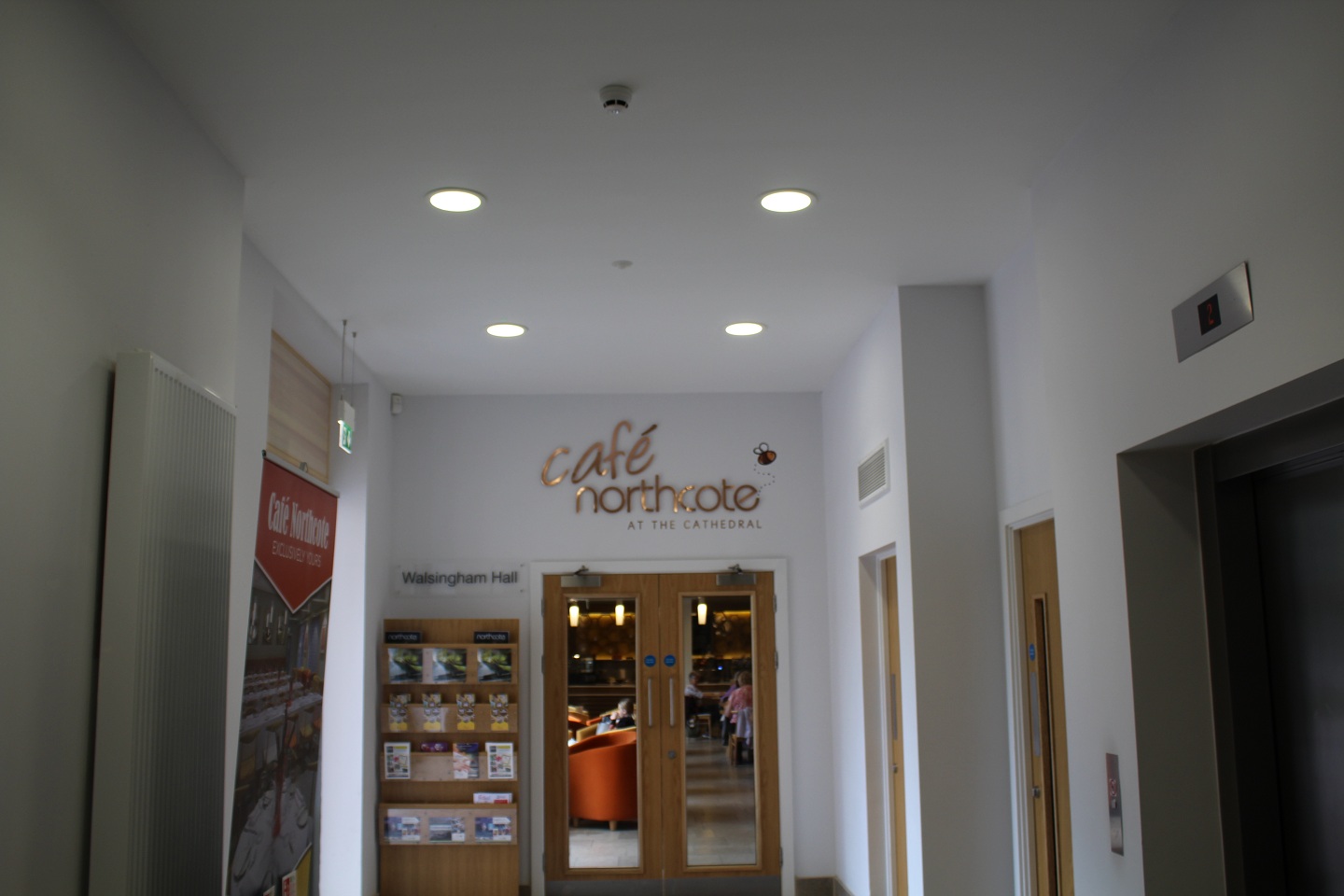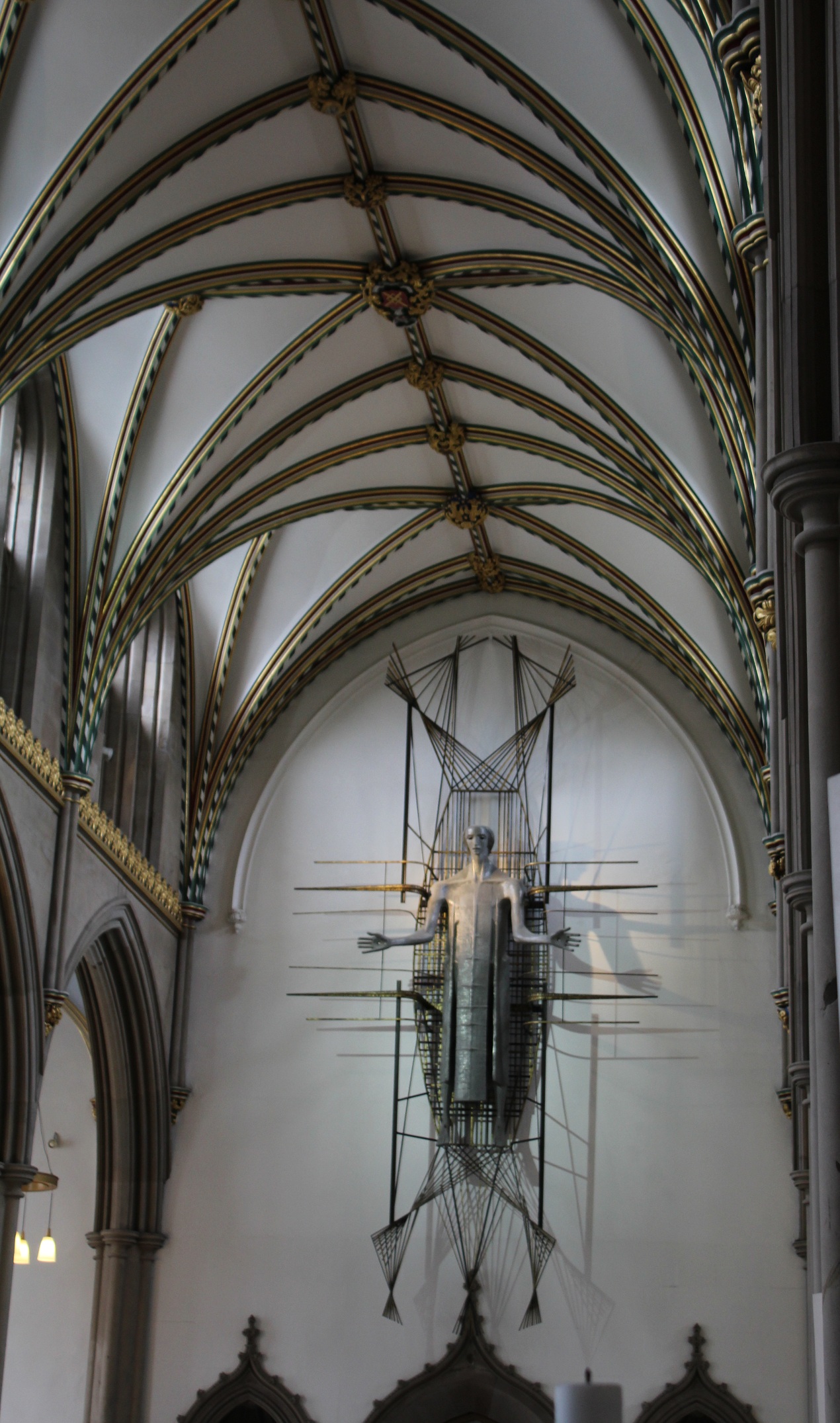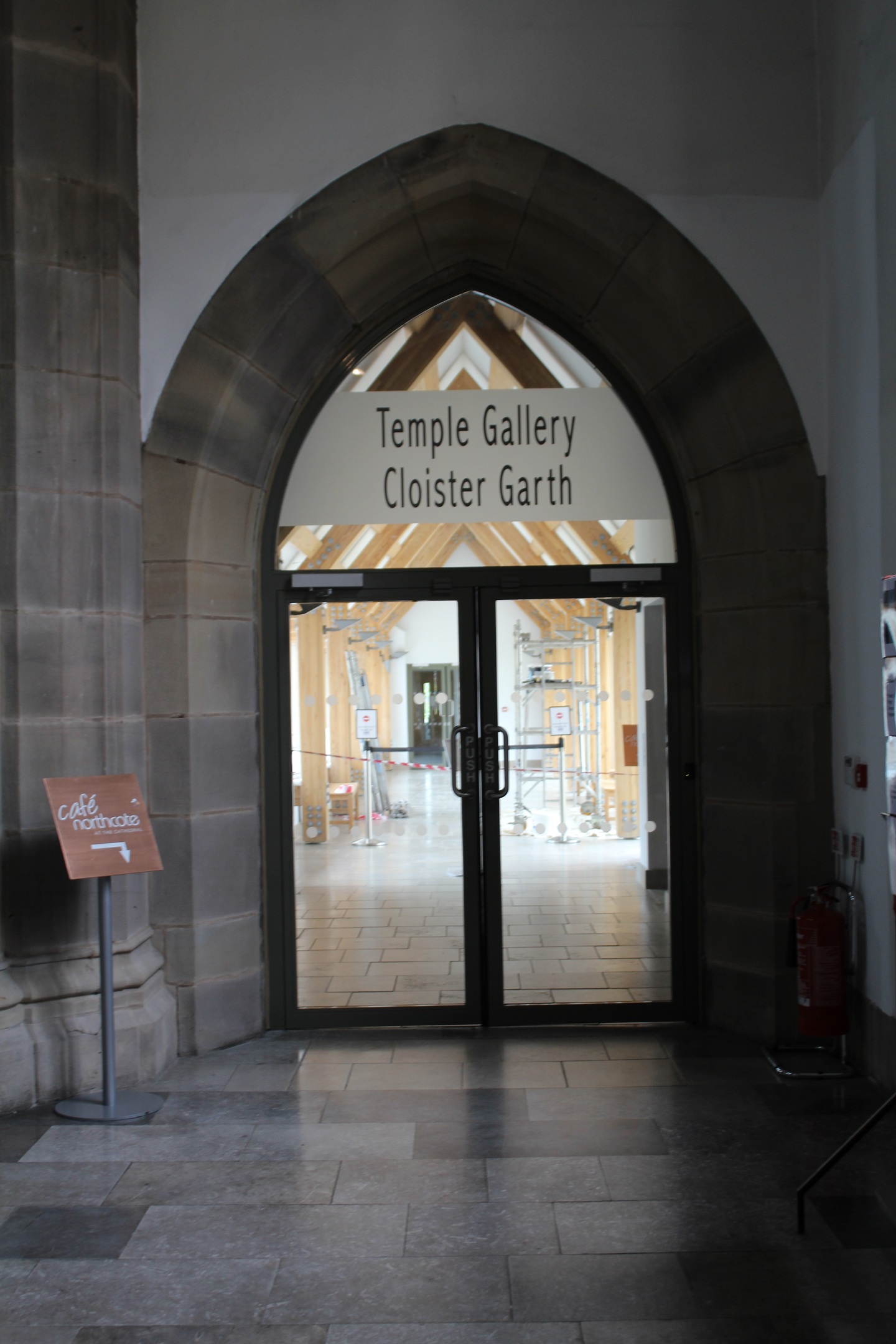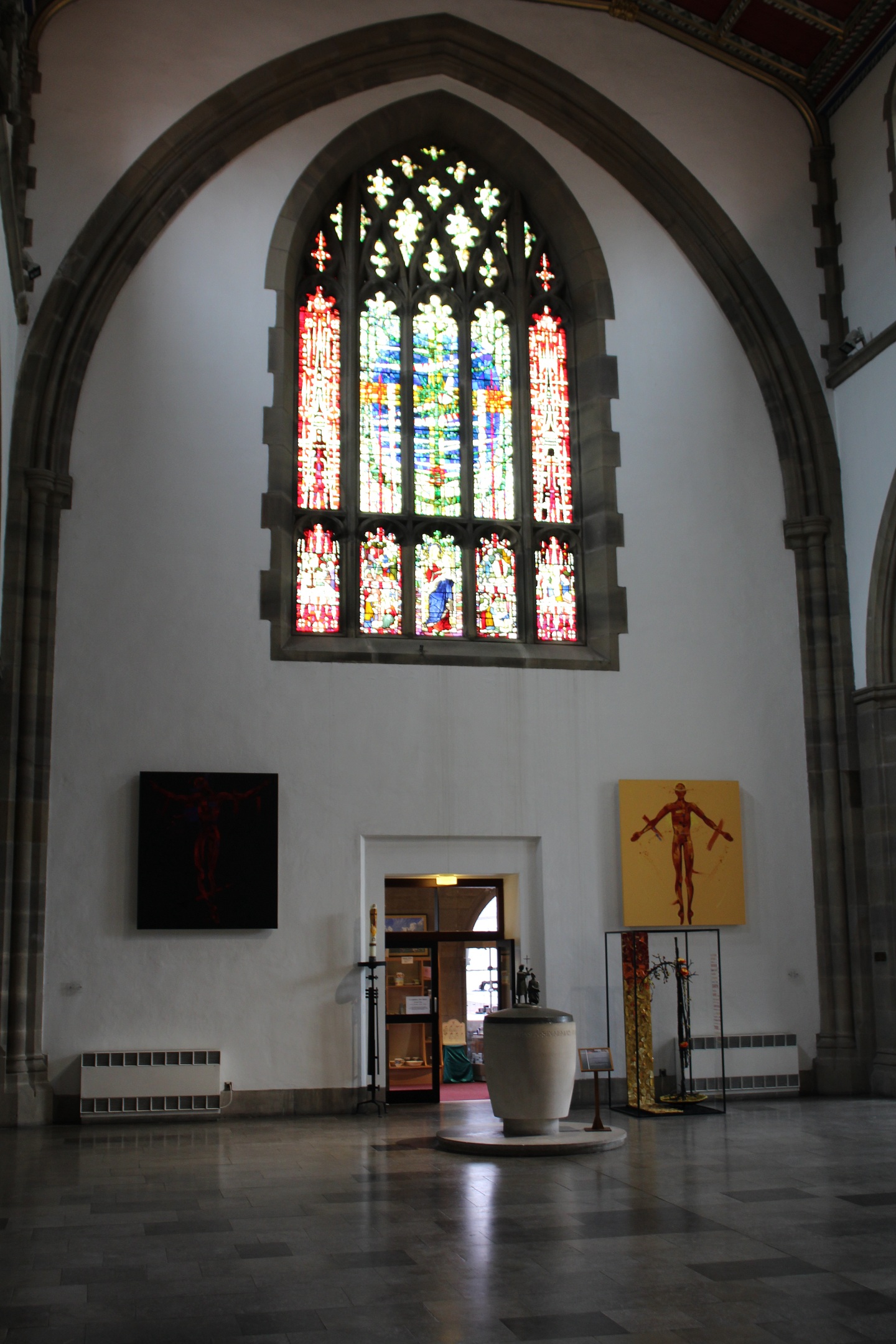Blackburn Cathedral: New Cathedral Court
A major development project within and around Blackburn Cathedral building had the long-term aim of regenerating this part of Blackburn and turning the cathedral Quarter into a destination through new office, retail and leisure space. The cathedral has created more living and office space for staff and scholars. This connects with the vision of William Temple, the future Archbishop of Canterbury who in 1926 founded the Diocese of Blackburn, for a thriving cathedral community.
Aims and vision
The three drivers for this long-term project, completed in 2016, were:
- The need to rectify the previous lack of housing for staff and organ/choral scholars
- Income generation through the creation of new and flexible spaces
- The regeneration of the Cathedral Quarter as part of a larger scheme championed by Blackburn with Darwen Council
The project partners were Blackburn Cathedral, Blackburn with Darwen Council, Maple Grove Developments and the Homes and Communities Agency (HCA).
Beyond the main cathedral complex, in Cathedral Square, the project constructed new public space, office buildings, retail units and a hotel. Within the Cathedral Court itself, and linked to the cathedral building and new cloister, the project created nine staff residences and scholars accommodation, new staff offices, conference facilities and offices to let, and space for Café Northcote.
Within these areas are new facilities such as toilets and lifts for staff and visitors. A new underground car-park was created and the cathedral rents any extra spaces.
This is the first step in a broader undertaking to improve the visitor experience, attract more people and engage different audiences. A new project is also underway, part funded by Heritage Lottery Fund, which will provide space for future exhibitions and display of the cathedral’s treasures.
Planning and permission
The project required planning permission from Blackburn with Darwen Council, permission from the Cathedrals Fabric Commission for England (CFCE) and consultation with Historic England, the amenity societies and others.
The cathedral worked hard to ensure early consultation and maximise the time they had to get the design right. They also worked with and got permission from the Church Commissioners to lease the land for the hotel and other commercial buildings under a 250 year lease.
The cathedral developed good relations with the CFCE and was able to change the only sticking points in the original design: the frontage of the hotel unit and the landscaping, which gradually becomes more like a garden as it moves from the office buildings to the cathedral. The Victorian Society also objected to the proposal to move a statue of Queen Victoria which sits beyond the cathedral, and the plans were redesigned to incorporate the statue in situ.
The cathedral applied for permission for high level works funded by the first round of the First World War Centenary Cathedral Repair Fund at the same time as the other project permissions so that works could be carried out simultaneously. Although this meant that there were effectively two building sites, the time taken to carry out the works was kept to a minimum.
Impact of development work
There was a large impact on worship, particularly on weekdays, for around two years as building works affected the main cathedral entrance and original car park. The team worked to keep the congregation informed and supportive of the work, as well as to minimise the disruption to the pattern of services.
The main intervention to the fabric of the cathedral building itself has been the creation of an entrance into a 1950s wall in the South transept, which did not meet with objections.
The capital project faced some challenges relating to rising costs, design changes and the not uncommon experience of having a contractor face liquidation during the project. Although this led to delays, all aspects of the work went ahead.
The project team worked closely with external contractors and funders so that problems were dealt with early and made sure the right people had enough contact with the designers to get the end product they wanted.
Partners and funding
The project cost around £8.5m (up from an estimated £7.2m due to increased costs). The HCA gave a grant of around £4m and Blackburn with Darwen Council gave around £1m. The project had been in development since the award of a £300k development grant in 2000 for planning and scoping.
The symbiotic relationship with the council’s wider regeneration project means that cathedral and council have had to work closely together to achieve common goals. Works within the cathedral would not have happened without the wider project, which has helped with funding and support.
The Blackburn Cathedral Development company was created to deliver the building project and take some responsibility and work away from Chapter.
Reflections and lessons learned
The overall build and end product has lived up to its promise for the cathedral community, where people have been very impressed by the quality and design.
It has given the cathedral new facilities and more opportunities to generate a sustainable income, as well as a solid base from which to further improve the visitor experience and the cathedral’s offer to everyone.
Project management
Through working with an external project management team, Blackburn feels more confident in developing rigorous lines of communication and responsibility between oroject team and cathedral staff.
The cathedral team hired a project management company, which they feel was essential to the project planning phase, but, on reflection, they think that the staff team and cathedral architect had the skills to oversee the actual work. They have been able to put this to the test with the hiring of another company to run the HLF funded project.
Working with external contractors/designers/architects
The staff team have developed the skills they need to be confident in dealing with contractors. They advise that someone from both the cathedral side and any project management team works with consultants, designers and contractors to ensure that the design (even down to small details such as light switches) delivers what the cathedral wants.
Any project team must have the knowledge and skills to understand what engineers and designers are showing or advising them in order to foresee any issues and ask the right questions. The cathedral also emphasises the need to work with experienced architects and designers, to ensure that there is enough knowledge of both historic and modern buildings when a design is created.
Blackburn Cathedral Image Gallery
Please click on the gallery images to enlarge.

